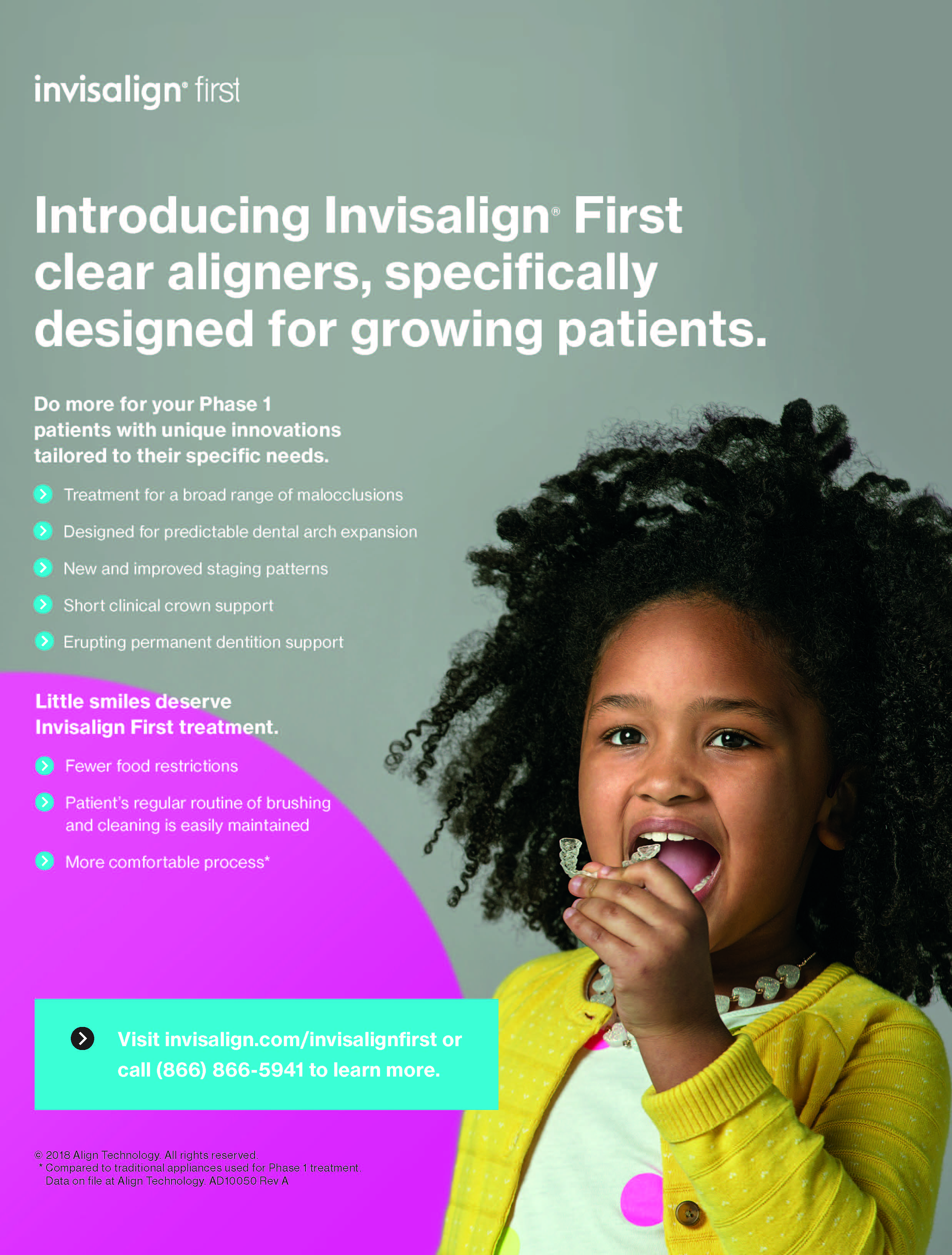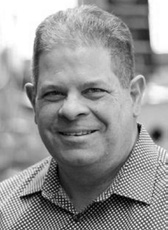A central tenet of orthodontics, one that has been taught for years to orthodontic specialty students and dental students alike, is that the mandibular arch is the “limiting arch.” In explaining this concept to students or patients, we basically point out that because of the nature of the facial and lingual cortical plates of bone, we are more limited in orthodontic tooth movement by the mandibular arch than we are by the maxillary arch. In simpler terms, we can move the upper teeth farther anteriorly than we can move the lower teeth. Indeed, Proffit’s famous “Envelope of Discrepancy” shows a potential 7mm of advancement of the upper incisor through orthodontic movement alone, compared with a mere 3mm for the lower incisor.
Similar articles from the archive:
It is assumed that the primary limiting factor in moving a lower incisor anteriorly is the labial cortical plate of the mandible. In the past, this limit was considered inviolable. Various complications were ascribed to any advancement of the lower incisors, including increased external apical root resorption on the labial aspect of the incisors, bony dehiscences on the cortical plate itself, and the subsequent overlying gingival dehiscences—the dreaded “gingival runners.”
Free gingival grafting has long been used in adults to enhance the keratinized gingiva over the roots of the lower incisors. Free gingival grafts do nothing, however, to address the underlying osseous dehiscences of the labial cortical plate. These must be resolved through bone grafting, with or without corticotomies.
Grafting procedures have traditionally been carried out after gingival recessions first appear, most commonly in adult patients. In this issue of JCO, Drs. James B. Gray, an orthodontist in Roswell, Georgia, and Colin Richman, a collaborating periodontist, present three cases illustrating a technique called pre-orthodontic periodontal augmentation (POPA), which can be used in growing patients to actually prevent gingival recession. The three cases clearly illustrate healthy gingival outcomes in situations where the periodontal prognoses might otherwise have been questionable. The POPA procedure is shown to allow greater anterior advancement of the lower incisors, which, in turn, allows a greater range of possibilities in our treatment planning. While these authors utilize a robotic wirebending technique for the finishing stages of treatment, there is no reason why conventional orthodontic finishing procedures cannot be used.
The mandibular arch is still the limiting arch—but the POPA technique can expand those limits.
RGK
Dr. John J. Sheridan, 1932-2018
Dr. William R. Proffit, 1936-2018
JCO and the entire professional community mourn the passing of two towering figures in orthodontic education. Jack Sheridan was a member of our editorial board from 1987 and editor of The Readers’ Corner feature from 1998 until 2016. Best known in these pages for his pioneering articles on interproximal reduction, he also developed the seminal Essix appliance, which he grew into a successful company (now part of Dentsply Sirona). Jack was a professor of orthodontics at Louisiana State University for more than three decades; in 2005, he left for Florida to help establish the orthodontic department at Jacksonville University.
Bill Proffit began his distinguished tenure at the University of North Carolina in 1975, when he became chairman of the orthodontic department. In addition to his classic Contemporary Orthodontics, just released in its sixth edition, he authored innumerable other textbooks and journal articles. It was he who suggested that the name of our publication be changed from the Journal of Practical Orthodontics to the Journal of Clinical Orthodontics in 1970. In 2017, he became the first recipient of the AAO’s Lifetime Achievement Award in Orthodontic Research.
Both Jack Sheridan and Bill Proffit will be greatly missed not only by their friends and colleagues in the orthodontic specialty, but by the hundreds of students who had the privilege of studying with them.



